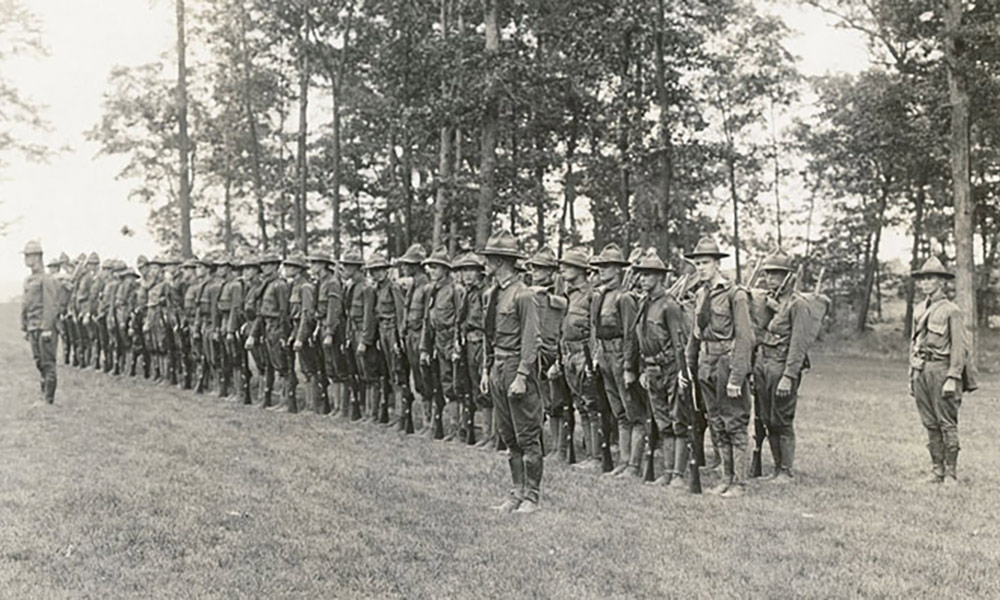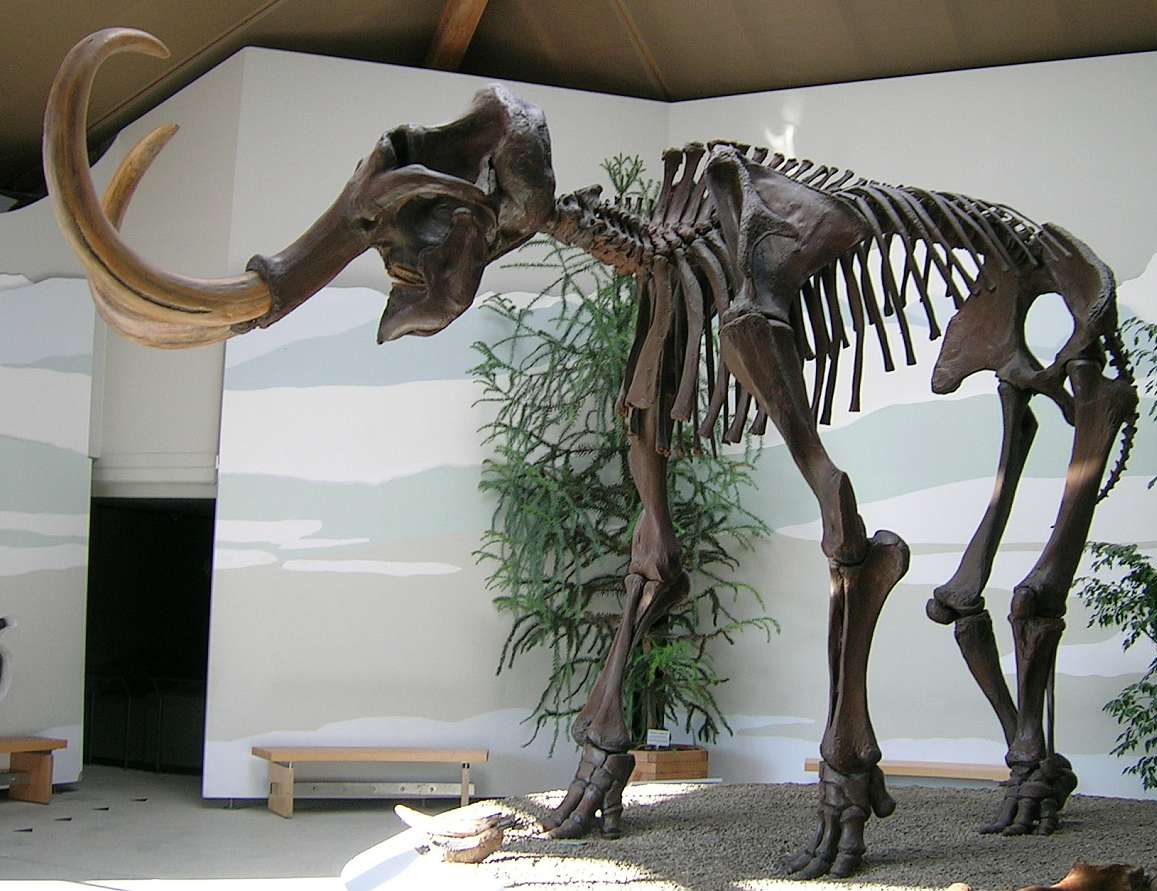The United States’ entry into World War I holds great historical significance, marking a pivotal turning point in the nation’s international relations. Prior to the U.S.’s involvement, the nation had maintained a policy of neutrality amidst the escalating conflict in Europe. However, several key factors ultimately compelled the U.S. to abandon its neutrality and join the war effort.
One of the primary catalysts for America’s entry into World War I was Germany’s use of unrestricted submarine warfare. German U-boats began targeting and sinking American merchant ships, causing significant loss of life and threatening the country’s economic interests. The sinking of the British ocean liner Lusitania in May 1915, which resulted in the deaths of 128 American citizens, further fueled anti-German sentiment within the U.S.
In addition to Germany’s aggressive maritime tactics, the Zimmerman Telegram, intercepted and decoded by British intelligence in 1917, played a crucial role in shaping American public opinion. This telegram, sent from German Foreign Minister Arthur Zimmermann to the Mexican government, proposed a military alliance against the United States. The revelation of this plot outraged the American public, solidifying their support for intervention.
President Woodrow Wilson played a significant role in advocating for U.S. entry into the war. Despite campaigning for re-election in 1916 on a platform of peace, Wilson reassessed the situation and concluded that America’s participation was necessary to protect its ideals and ensure a lasting post-war global order. In April 1917, he addressed Congress, requesting a declaration of war against Germany. This marked the official entrance of the United States into World War I.
With the passage of the Selective Service Act, the American government rapidly mobilized its military forces, quickly transitioning from a small standing army to a formidable fighting force. American troops, known as the American Expeditionary Forces (AEF), played a vital role in the eventual Allied victory on the Western Front.
The United States’ entry into World War I brought about a substantial shift in the balance of power and significantly impacted the war’s outcome. The arrival of fresh American troops injected newfound energy into the Allied forces, revitalizing their campaign against the Central Powers. By 1918, American soldiers were actively engaging in numerous offensives, contributing to the eventual defeat of Germany and its allies.
In conclusion, the United States joined World War I following a series of events that eroded its neutrality and threatened its national security. The sinking of American ships, the Zimmerman Telegram, and President Wilson’s belief in the importance of protecting American ideals all drove the nation to abandon its isolationist stance and embark on a path toward international engagement. The U.S.’s participation in the war proved pivotal, ultimately shaping the course of global history in the early 20th century.
More About : When Did Us Join Ww1
Introduction:
World War I was a global conflict that engulfed the majority of the world’s nations, and the involvement of the United States (U.S.) played a significant role in shaping its outcome. This article will explore the events that led to the U.S. joining World War I, discussing the factors that influenced its decision to enter the war, the immediate consequences, and the long-term implications of its involvement.
1. Tensions in Europe:
– Describe the growing tensions among European powers before World War I.
– Highlight the formation of various alliances, such as the Triple Entente and the Triple Alliance, leading to a fragile balance of power.
– Explain how diplomatic efforts to resolve conflicts ultimately failed.
2. Unrestricted Submarine Warfare:
– Discuss Germany’s implementation of unrestricted submarine warfare, aiming to cut off British supplies and starve the nation into submission.
– Describe how German U-boats sank merchant ships, including those from neutral countries.
– Explain the sinking of the British passenger liner RMS Lusitania in 1915, resulting in significant loss of American lives.
3. Zimmerman Telegram:
– Outline the impact of the Zimmerman Telegram, a secret diplomatic communication intercepted by the British.
– Explain how the telegram proposed an alliance between Germany and Mexico if the U.S. entered the war against Germany.
– Discuss the subsequent release of the Zimmerman Telegram to the American public, causing outrage and increasing anti-German sentiment.
4. Economic Interests and Public Opinion:
– Highlight the economic interests of the U.S. in supporting the Allied powers, particularly Britain and France.
– Explain the significant loans provided by American banks to the Allies, making their success crucial to the U.S. economy.
– Discuss the influence of public opinion, with growing sentiment favoring intervention due to German aggression and sympathy for the Allies.
5. The Final Straw: U.S. Declaration of War:
– Describe the breaking point that led the U.S. to declare war on Germany.
– Explain the additional sinking of American ships by German submarines, further angering the American public.
– Highlight President Woodrow Wilson’s speech to Congress, stressing the need for the U.S. to enter the war to protect democratic values and promote global peace.
Immediate Consequences and Long-Term Implications:
1. Mobilization Efforts:
– Discuss the rapid mobilization of the U.S. military, transitioning from a small army to a massive force capable of aiding the Allies.
– Describe the introduction of the draft and its impact on American society.
2. U.S. Contributions to the War Effort:
– Highlight the crucial role played by American forces in numerous battles, most notably the Second Battle of the Marne and the Meuse-Argonne Offensive.
– Discuss the deployment of American troops, who provided fresh manpower and morale to the war-weary Allies.
3. Treaty of Versailles and its Impact:
– Explain the negotiation process and the inclusion of President Woodrow Wilson’s Fourteen Points in the peace talks.
– Discuss the U.S. role in shaping the Treaty of Versailles, which officially ended World War I.
– Describe how the treaty laid the groundwork for future tensions, including subsequent conflicts such as World War II.
4. Domestic Consequences:
– Highlight the social and cultural changes in the U.S. resulting from the war.
– Discuss the effect of the war on the women’s suffrage movement and the creation of the League of Nations, which ultimately led to the establishment of the United Nations.
Conclusion:
The U.S. entry into World War I was the result of a culmination of events, including German aggression, economic interests, and public opinion. Its involvement significantly impacted the course of the war and played a crucial role in shaping the post-war world. Understanding this historical context is essential for comprehending the complexities and consequences of global conflict, shedding light on why nations choose war and the broader implications of their decisions.
FAQs on When Did Us Join Ww1
Q1: When did the US join World War 1?
A1: The United States joined World War 1 on April 6, 1917.
Q2: Why did the US decide to enter World War 1?
A2: The US decided to enter World War 1 primarily due to Germany’s unrestricted submarine warfare, the sinking of US merchant ships, and the discovery of the Zimmerman Telegram.
Q3: Did the US remain neutral for the early years of the war?
A3: Yes, the US pursued a policy of neutrality for the first three years of the war, from 1914 to 1917.
Q4: Was the US involvement in World War 1 significant?
A4: Yes, the US involvement in World War 1 was significant both militarily and economically, providing a much-needed boost to the Allied forces.
Q5: How long did the US participate in World War 1?
A5: The US participated in World War 1 for a little over a year. The war officially ended on November 11, 1918.
Q6: What impact did the US entry have on the outcome of World War 1?
A6: The US entry into World War 1 played a crucial role in tilting the balance of power towards the Allied forces and ultimately contributing to their victory.
Q7: Did the US experience heavy casualties during World War 1?
A7: Yes, the US suffered heavy casualties during World War 1, with approximately 116,516 military personnel losing their lives and over 200,000 injured.
Q8: Were all US citizens in support of entering World War 1?
A8: No, there was a significant divide in public opinion within the United States regarding the decision to enter World War 1.
Q9: How did World War 1 affect the US economy?
A9: World War 1 led to a significant boost in the US economy as manufacturing and production increased to support the war effort, leading to industrial growth and job opportunities.
Q10: What was the US involvement in post-war negotiations after World War 1 ended?
A10: The US played a crucial role in the post-war negotiations and was one of the leading nations involved in shaping the Treaty of Versailles, which officially ended the war and laid the foundation for the League of Nations.




